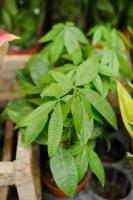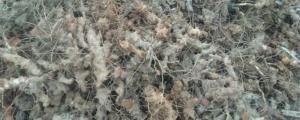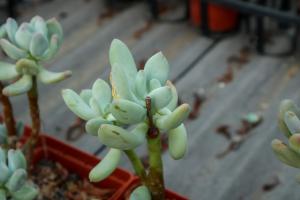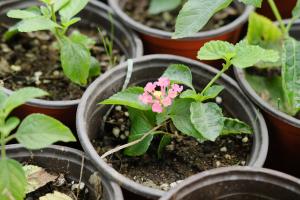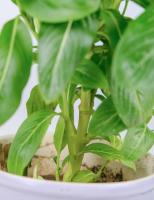How to Grow a Fig Tree House Plant
Growing a fig tree in your home can add a touch of natural beauty and provide a source of delicious fruit. While fig trees are typically grown outdoors, with the right care and attention, they can make great indoor plants as well. In this article, we'll take you through the steps to successfully grow a fig tree house plant.
Choose the Right Variety
Before you start thinking about planting your fig tree, it's important to choose the right variety. Some fig trees are better suited to indoor growing than others. For example, Brown Turkey figs are a popular choice for indoor cultivation because they don't require a lot of space and can survive in lower light conditions. There are also dwarf varieties available, such as Little Miss Figgy and Petite Negra. Consider your space limitations and lighting conditions before choosing your fig tree variety.
Plant Your Fig Tree
When planting your fig tree, choose a pot with good drainage and soil that is well-draining. Figs do not like wet feet, so ensure that the soil is not waterlogged. Place a layer of rocks at the bottom of your pot to promote good drainage. Fill the pot with potting soil, leaving room for your fig tree. Place your fig tree in the pot and backfill with soil. If needed, stake the tree to provide additional support until it establishes itself.
Care for Your Fig Tree
Fig trees require consistent care to thrive indoors. Water your fig tree regularly, but make sure the soil is not excessively wet. Figs love humidity, so mist the tree frequently to keep the moisture levels up. During the growing season, feed your fig tree with a balanced fertilizer according to the package directions. Keep temperatures between 60 and 70 degrees Fahrenheit during the day, and between 50 and 60 degrees Fahrenheit at night. Fig trees prefer bright, indirect sunlight, so place your indoor tree near a south-facing window if possible.
Prune Your Fig Tree
Regular pruning is essential to keep your fig tree healthy and thriving. Prune your tree in early spring before new growth appears. Remove any dead or damaged branches, and thin out any crossed or overcrowded branches. Pruning will help your fig tree to produce larger fruit and maintain its shape.
Harvest Your Figs
Figs are typically ready to harvest in mid- to late-summer. Ripe figs will feel soft to the touch and will hang down on the tree. To harvest your figs, snap the figs off at the stem. After harvesting, figs will only last for a few days at room temperature, so eat or preserve them soon after picking.
With a little bit of care, you can grow a healthy and productive fig tree right in your own home. Follow the tips above to get started and enjoy the beauty and fruit of your indoor fig tree!

 how many times do yo...
how many times do yo... how many planted tre...
how many planted tre... how many pine trees ...
how many pine trees ... how many pecan trees...
how many pecan trees... how many plants comp...
how many plants comp... how many plants can ...
how many plants can ... how many plants and ...
how many plants and ... how many pepper plan...
how many pepper plan...